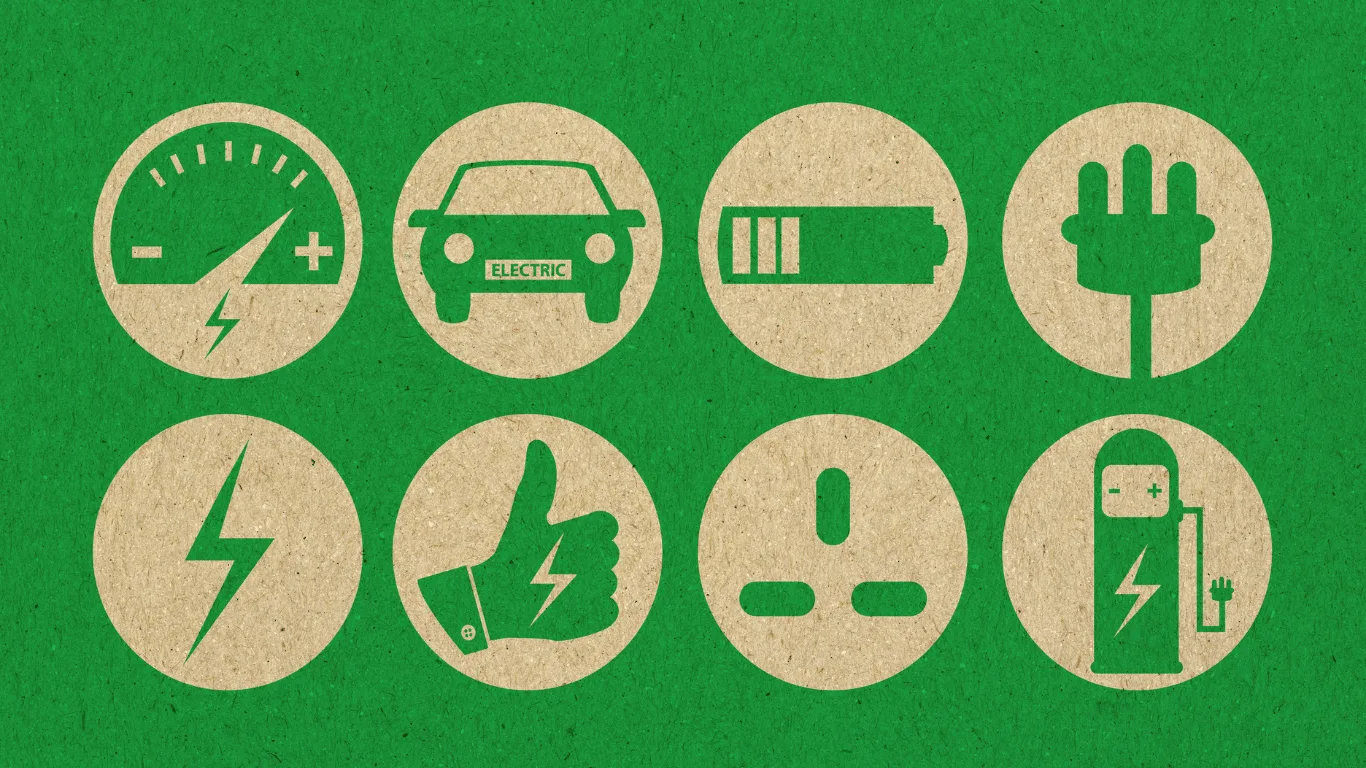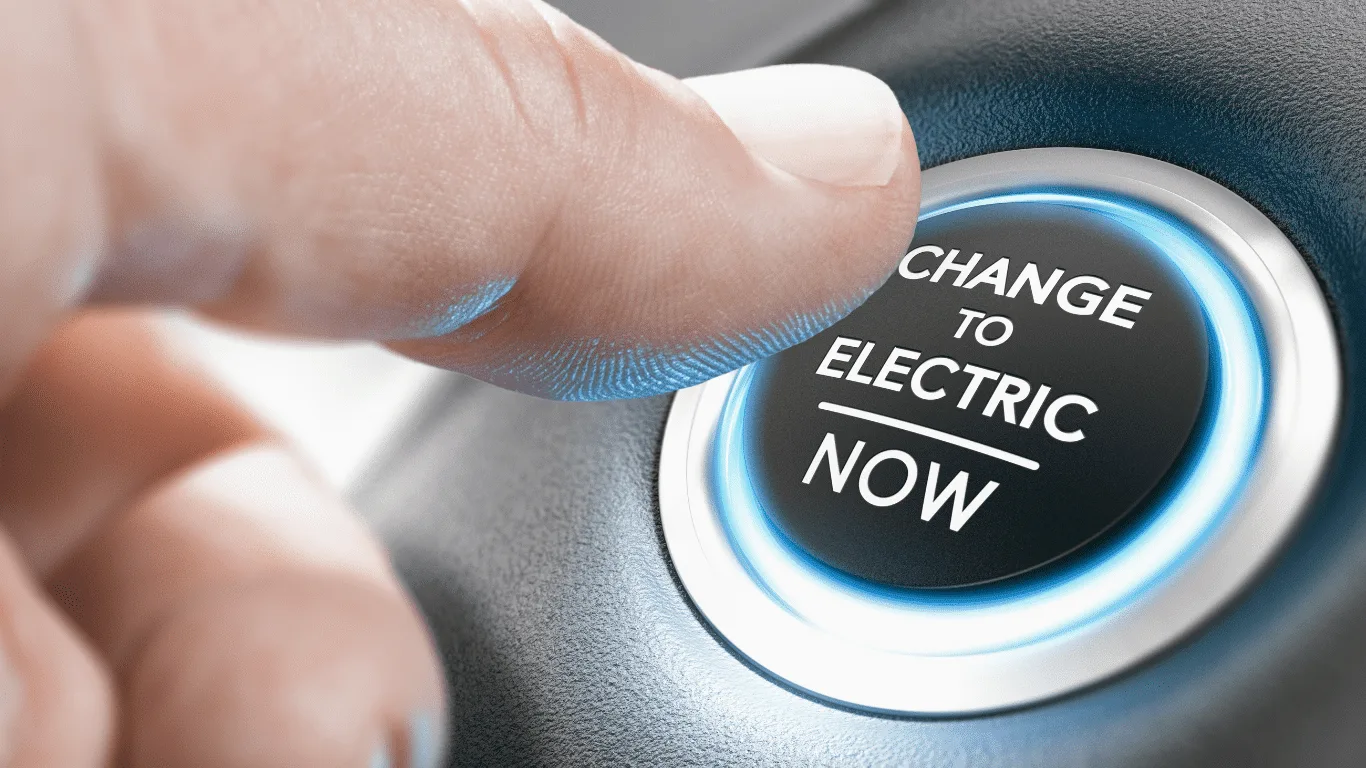Electric Vehicles and Leak Testing
Electric vehicles have emerged because of the age of technology. In response to the need to create a sustainable future, engines that do not consume petrol, save fuel, operate with high efficiency and silence have been designed. Electric vehicles powered by this engine and battery are preferred more and more every day.

While it is thought that e-mobility will be the dominant technology in the next 15 years, the production methods of these cars are quite different. In internal combustion engines, many more parts such as engine blocks, fuel cell, fuel hoses are tested for leaks, while this number decreases in e-mobility. In addition to the parts common to both technologies such as headlamp parts, the battery, electric motor and H2 tank are important parts that need to be tested for leak in e-mobility.
Leak Proofing of Batteries in Electric Vehicles

Batteries in electric vehicles must be tested to IP67 standards. Leaking tests of batteries used in harsh environments can be performed at higher standards such as IP69. Since standardized parameters and methods have not yet been established worldwide in the leaking tests of batteries, the methods applied vary from manufacturer to manufacturer. There are 2 different problems that affect the leaking tests of batteries and jeopardize production lines. The first one is that it is difficult to catch small leaks due to the large volume of batteries used in larger vehicles such as buses, and the other is that flexible parts swell and affect the test result. Leaking tests of batteries can be performed using the Differential Pressure Decay Method. The aim is precise, fast, reportable, and repeatable leaking tests. The tests of the batteries can be carried out with BT4000 series leak testing devices.
Electric Vehicles and Hydrogen Tanks

Vehicles with fuel cells use type 4 hydrogen tanks. These tanks are composite materials made of carbon fiber. 350-700 Bar leaking of tanks storing hydrogen is important considering that it is a flammable gas at high pressure. It is desired to have a maximum leakage limit of 10-2 mBar l/s. Leak tests of hydrogen tanks are performed by 3 different methods in the industry: Helium Vacuum Chamber, Helium Sniffer and Pressure Decay. The helium method has higher sensitivity and allows leak tests to be performed in shorter times. However, although the pressure decay method requires a longer test time, it offers cost advantages to manufacturers.
Electric Motor

Electric motors are also adversely affected by water, steam, and dust. For this reason, leaking tests performed in IP67 standards are the minimum requirements. In cases where air cannot be supplied inside, external test method can be used. Another advantage of this method is that it minimizes the test volume. In cases where the inside of the product can be pressurized, leaking tests can be performed using the differential pressure decay method.
Electric Vehicles and Fuel Cell
Fuel cells consist of bipolar plates located between 2 endplates and separated from each other by membranes. The bipolar plates consist of 2 hollow structures and a loop. The cavity structure contains process gases such as hydrogen and air, while the cycle contains coolant. The leaking tests of these two structures must be carried out separately. The leaking test of the coolant has 3 stages: the leaking test that controls the transition of hydrogen to the external environment and the leaking test that controls the cooling cycle of hydrogen. Helium vacuum chamber method is preferred for higher sensitivity in leak tests of fuel cells.
You can contact us for detailed information about how leaking tests are performed in electric vehicles.


